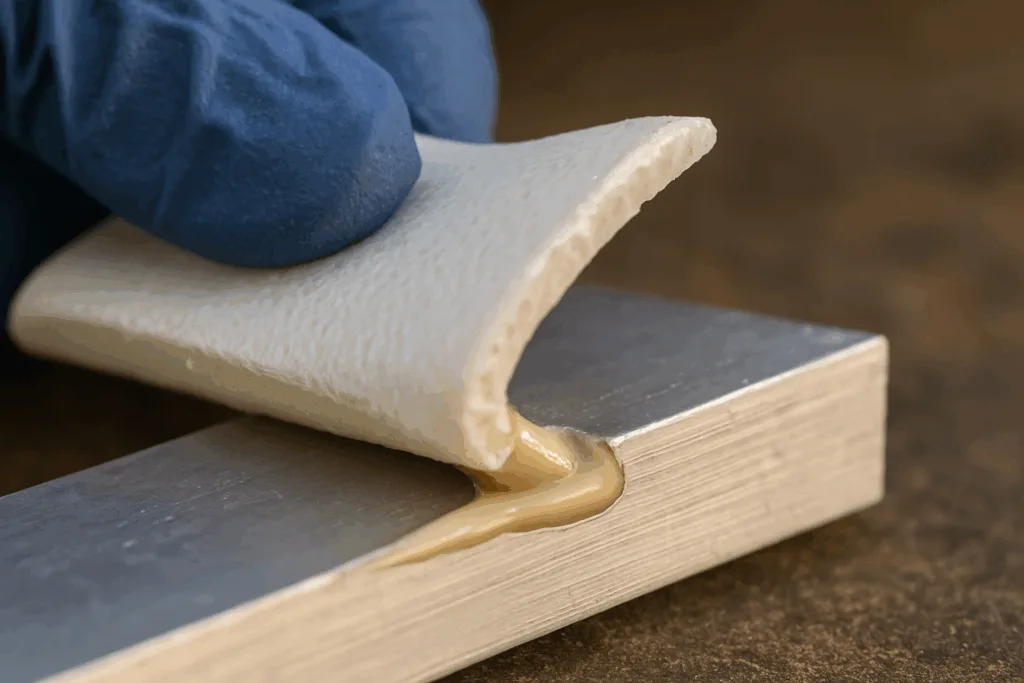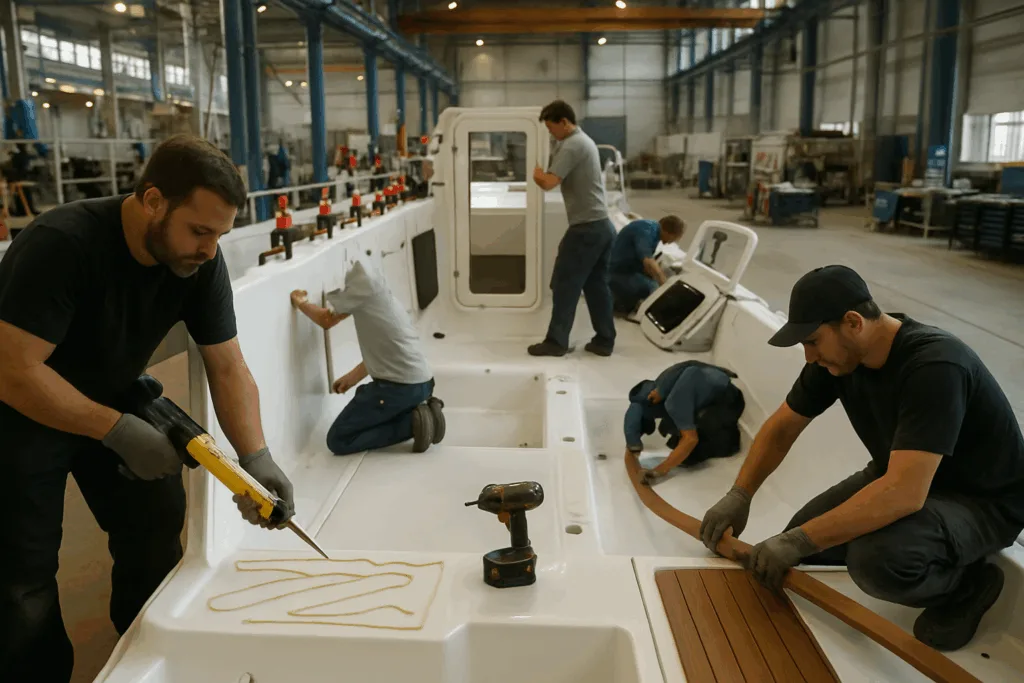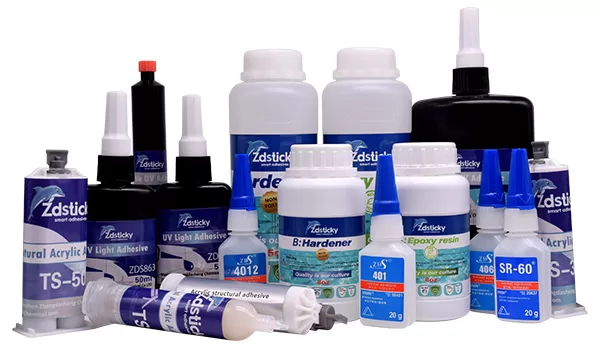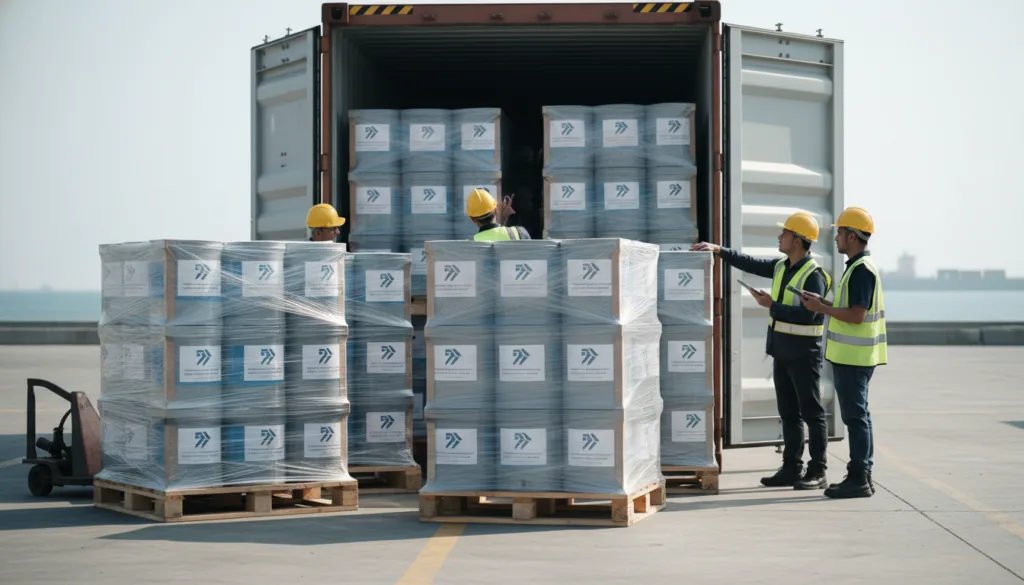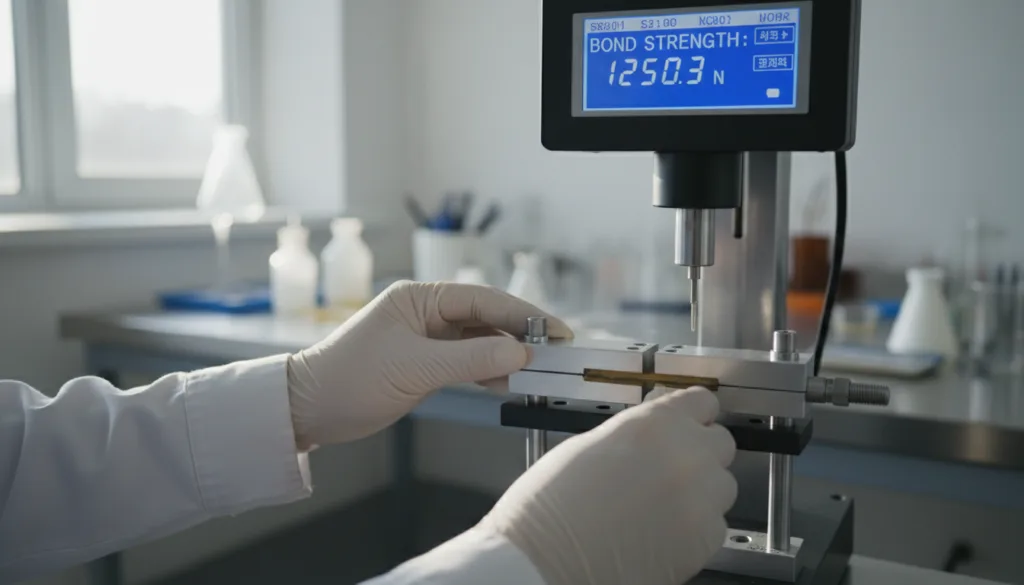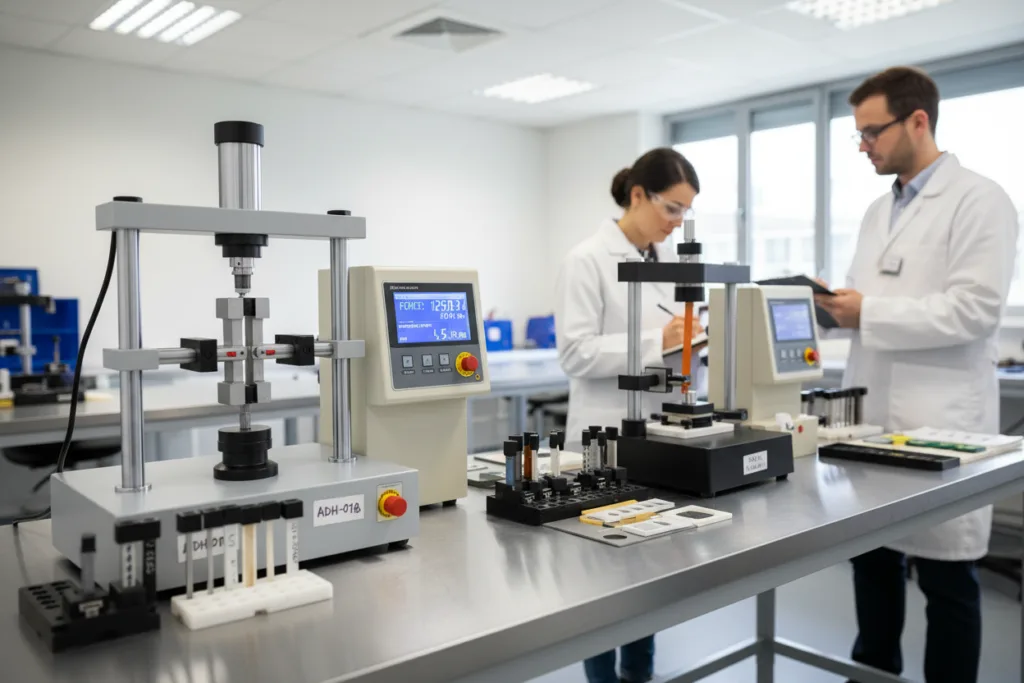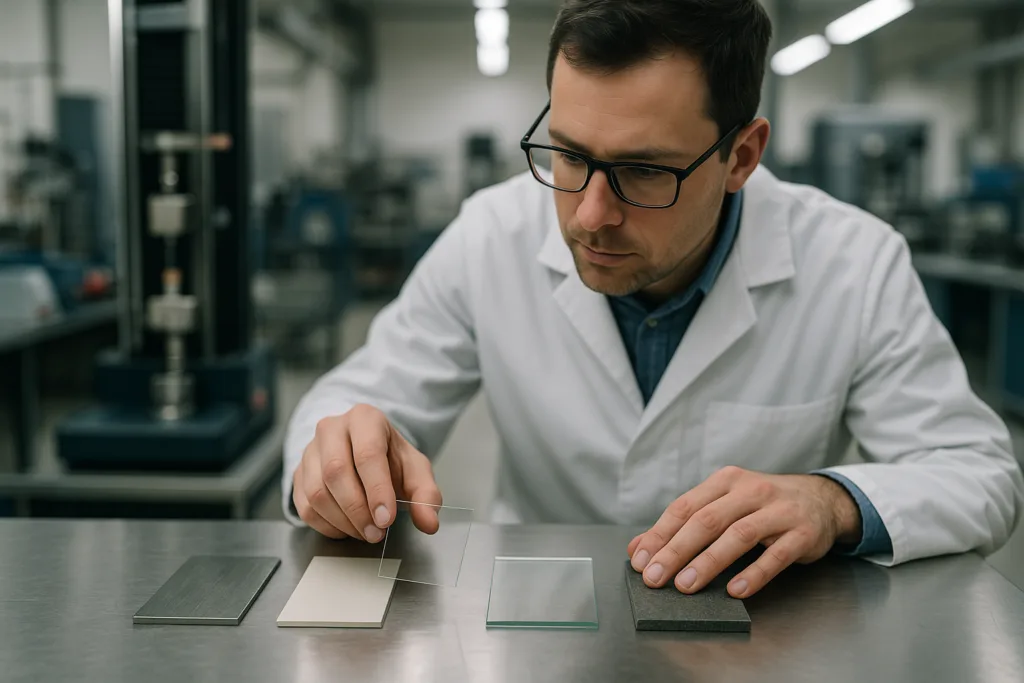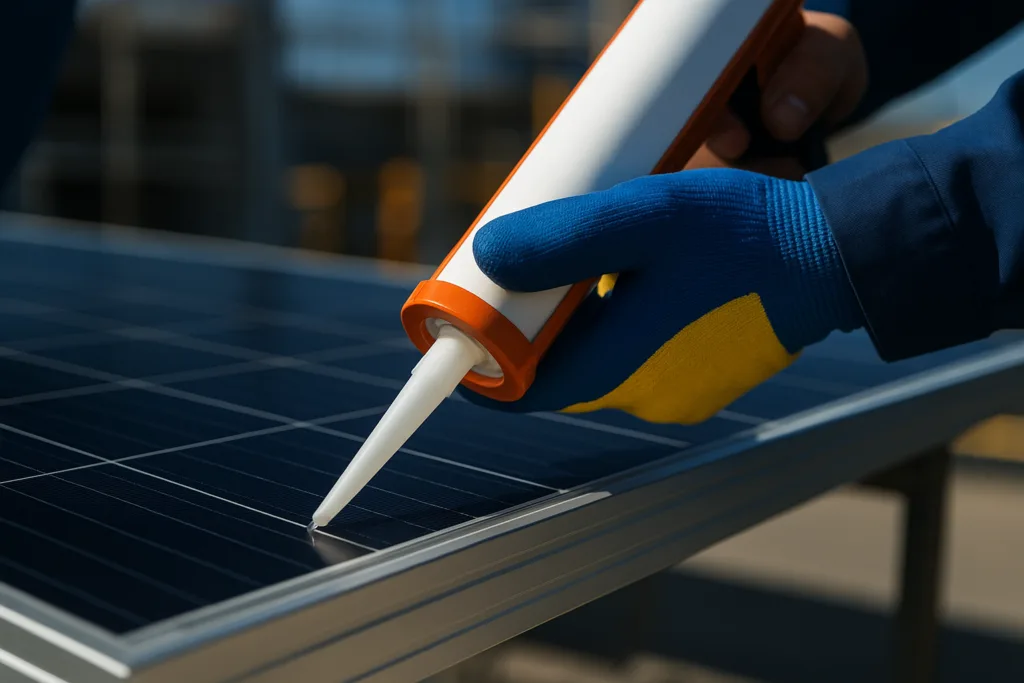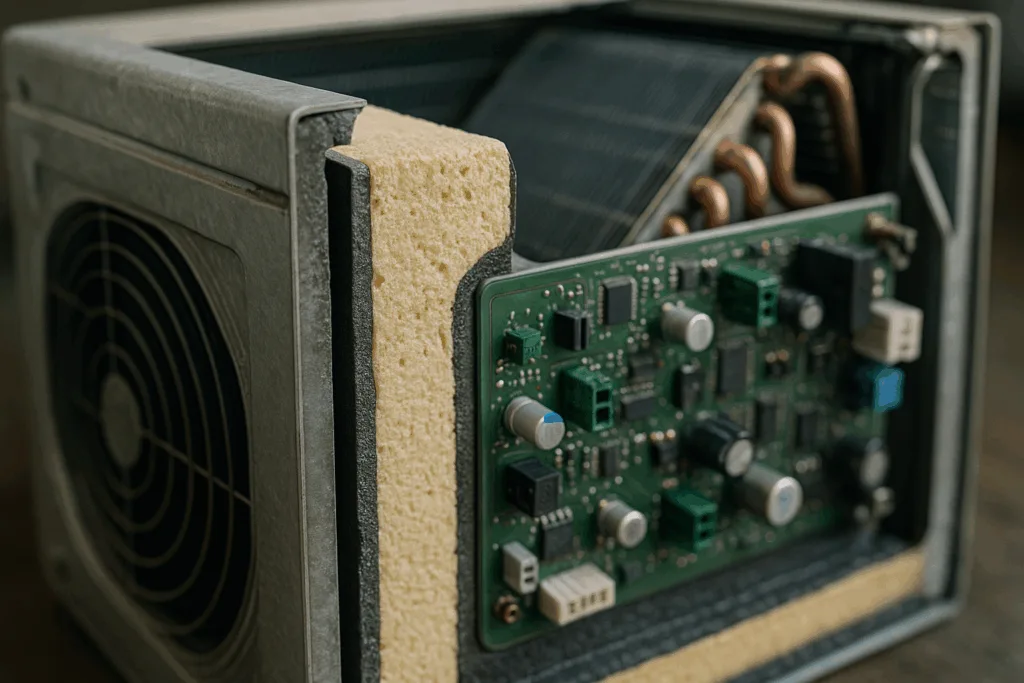Case Study: How ZDS Adhesives Improved Ship Assembly Time by 30%
Shipbuilders constantly seek ways to boost efficiency without sacrificing quality. In this marine adhesive case study, ZDS partnered with a mid-sized boatyard, aiming to cut assembly time and improve bond durability. The transition to high-performance ZDS adhesives changed the entire workflow—and delivered a measurable 30% reduction in overall build time, alongside stronger joints that passed every test.
Marine Adhesives: The Backbone of Modern Boat Assembly
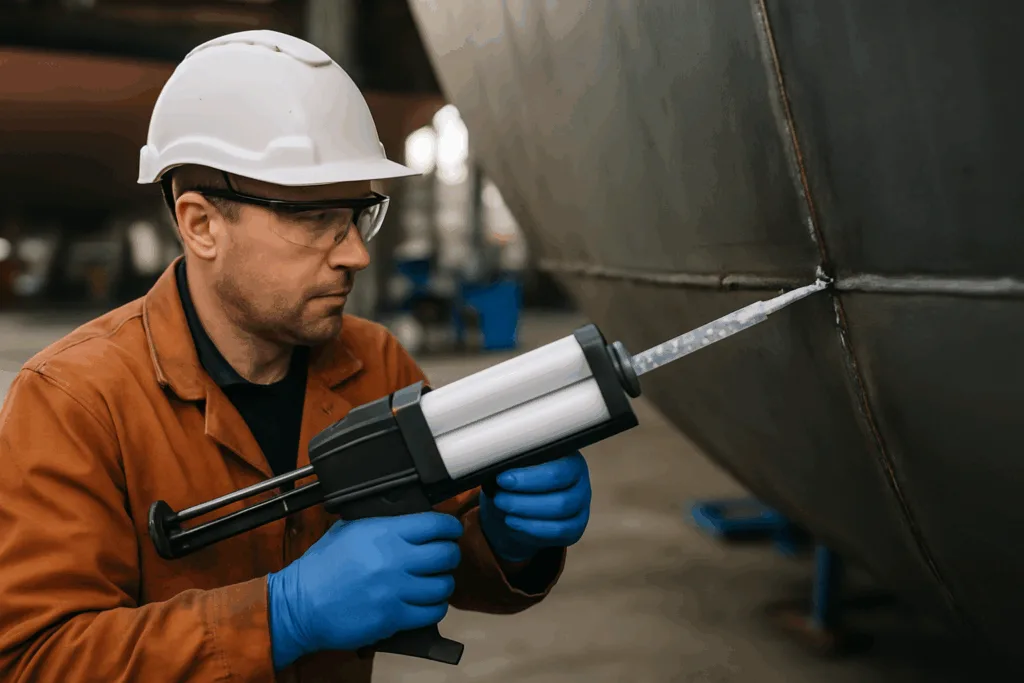
Why Marine Adhesives Matter
Boat and ship assembly demands reliable bonding that can handle tough conditions: saltwater, heat, vibration, and load. Traditional mechanical fasteners (rivets, screws, welds) often add weight, require extra labor, and risk leaks over time. In contrast, marine adhesives create flexible, waterproof bonds quickly across diverse materials.
Common Marine Adhesive Chemistries
- Epoxy: For rigid, structural bonds on metals, composites, and wood.
- Polyurethane (PU): Flexes with hull movement, excellent on fiberglass and plastics.
- Silicone: Seals and bonds decks, hatches, glass.
- Acrylic: Fast curing, clear bonding on metal and plastic trims.
- MS Polymer Hybrids: Paintable, flexible, excellent UV resistance.
- Cyanoacrylate (CA): Quick repairs, small parts, instant tack.
Boat Adhesive Performance Benchmarks
Measuring Success: Key Performance Criteria
- Lap Shear Strength: Tests bond strength under lateral force (ASTM D1002).
- T-Peel Strength: Assesses flexibility and peel resistance (ASTM D1876).
- Cure Speed: Impacts workflow—faster cures mean less fixturing and more output.
- Elongation: Needed for vibration dampening and hull flex.
- Environmental Resistance: Bonds must perform under salt spray (ASTM B117), thermal cycling, and UV exposure.
ZDS adhesives exceeded industry minimums in every category, boosting confidence for both engineers and boat owners.
Comparative Table: Marine Adhesive Types and Uses
| Chemistry | Substrate Compatibility | Core Properties | Best Uses |
|---|---|---|---|
| Epoxy (2K) | Metals, wood, composites | Rigid, high shear (25–40 MPa), slow cure (4–12 hr) | Hull seams, deck timbers |
| PU (1K/2K) | Fiberglass, plastics (ABS/PC/PA), wood | Flexible, good elongation (300+%), medium cure (1–6 hr) | Deck to hull joints, flooring |
| Silicone | Glass, metals, plastics | Excellent weathering, soft (Shore A 20–50), fast cure | Hatches, glass bonding, sealing |
| Acrylic | Metals, composites, plastics | Clear, fast (<30 min), moderate shear (15–28 MPa) | Trim, interior panels |
| MS Polymer | Most substrates | Flexible, paintable, UV stable, low VOC | Above-water seams, deck equipment |
| CA | Plastics, metals, ceramics | Instant, brittle, spot repair | Small parts, emergency fixes |
Pain Points in Shipyard Assembly: Where Time Was Lost
Old Process Bottlenecks
The original workflow relied on mechanical fasteners and generic adhesives, which slowed progress at every turn:
- Extended clamping and fixture time—waiting for slow cures or bolting parts.
- Frequent joint failures during pressure and fatigue testing.
- Difficulty bonding dissimilar materials and painted surfaces.
- Excessive sanding, grinding, and prepping before adhesive application.
- Heavy rework and QC time due to leaks and improper bonds.
Cost of Waiting: Direct Impact on Delivery Schedule
Each delay added days to ship delivery, raised hourly labor costs, and threatened customer trust.
How ZDS Adhesives Transformed the Assembly Line
Step 1: Material Compatibility Testing
ZDS technical consultants mapped all substrates in use: marine-grade aluminum, FRP (fiberglass-reinforced plastic), polycarbonate doors, epoxied timber, and ceramic deck tiles. They ran a battery of compatibility checks using standardized procedures:
- Degreasing and grit-blasting surfaces
- Plasma cleaning for hard-to-bond plastics
- Primer trials for shielded metal
- Tensile strength pulls and salt spray aging
Step 2: Precision Mixing & Dispensing
The production floor replaced hand-mixing with static mixers for two-part (2K) adhesives. ZDS advised on bead diameter for optimal bond-lines (2–4 mm), reducing squeeze-out and waste. Ergonomic applicators allowed quick changeover between chemistries—multiple stations handled fast-curing acrylic for deck panels, medium-viscosity polyurethane for hull joints, and silicone for hatch sealing.
Step 3: Real-time Cure Optimization
With ZDS, cure kinetics matched production speed. Heat-cured epoxy reduced fixture time from 10 hours to just 3. Moisture-curing PU let teams bond large composite assemblies in under an hour. UV-cured acrylics enabled near-instant handling of lighting panels and window trims.
Step 4: Automated QC and Lot Traceability
Integrated QC stations performed pull-tests, T-peel tests, and salt spray cycles. Adhesive lots were traceable via barcode, meeting ISO 9001 and REACH regulations for every completed ship segment.
Documented Improvement: The Data Behind the 30% Faster Ship Assembly
Pre-ZDS vs. Post-ZDS Data
| Assembly Stage | Old Method (Avg. Hours) | ZDS Adhesives (Avg. Hours) | Improvement (%) |
|---|---|---|---|
| Hull Bonding | 20 | 13 | 35 |
| Deck Assembly | 15 | 10 | 33 |
| Fittings/Trim | 10 | 7 | 30 |
| QC & Leak Testing | 8 | 6 | 25 |
| Total | 53 | 36 | 32 |
Bond Strength & Durability Metrics
- Lap shear (average): 32 MPa (+20% improvement)
- T-peel (average): 3.2 kN/m (+18% improvement)
- Passed 2,000 hours salt spray with zero joint failure
- Cured bonds stable from -40°C to +85°C temperature cycles
- No surface corrosion or paint delamination after 1 year
Real-World Implementation: Shop Floor Voices
Engineer Testimonial
“Switching to ZDS adhesives cut our clamping and cure time down by half. We bonded composite decks to hulls with confidence—and every joint held strong under stress.”
Foreman Observations
- Less rework and scrap due to better first-pass yield
- Operators spent more time assembling, less time waiting
- Bonded seams passed every leak and vibration test
Practical Tips for Selecting and Using Marine Adhesives
Assess Your Substrates
Identify all bonding surfaces—metals, composites, plastics, and painted finishes. Some plastics require corona or plasma pre-treatment for reliable adhesion. Metals need degreasing and abrasion.
Match Chemistry to Demands
- Epoxies for rigid, load-bearing joints
- PU/MS polymers for flexible, watertight seams
- Acrylics for fast cures on visible trims
- Silicones where exceptional weatherproofing is key
- CA for quick, non-structural repairs
Control Your Process
Use static mixers for ratio accuracy, automate dispensing to keep bead size consistent, and monitor curing—temperature and humidity affect open and pot life. Follow manufacturer guidelines for clamp pressure and cure environment.
QC and Regulatory Compliance
Document each batch, run regular salt spray and tensile tests, retain traceability for every joint. Adhering to standards like ASTM D1002 and ASTM B117 ensures shipping safety and peace of mind for owners.
Advantages of ZDS in Marine Adhesive Solutions
Full Product Range
- Epoxy (1K/2K), polyurethane, acrylic, silicone, MS hybrid, and custom tapes/films
- Low-VOC options for enclosed spaces
- Formulations for automated and manual application
Support Services
- Onsite materials and process audit
- Lab testing and certification assistance
- Tech support for all equipment setups
Global Quality
ZDS adhesives meet REACH, RoHS, and ISO 9001 requirements, supporting consistent performance and regulatory confidence worldwide.
Marine Adhesive Case Study: Proven Value
This marine adhesive case study stands as strong evidence for the benefits of chemical bonding in boat construction. With ZDS, shipyards cut assembly steps, strengthened every seam, and sped delivery without compromise. By qualifying adhesives that suit the substrate, environment, and load, manufacturers gain a real advantage: faster builds and longer-lasting vessels.
Next Steps for Shipbuilders
Adopt Fast-Cure, High-Performance Adhesives
Evaluate your process—identify bottlenecks and weak joints. Consider integrating ZDS adhesives into pilot runs and see the change yourself.
Contact Technical Experts
Reach out for personalized audits, chemistry recommendations, and test support. Start with high-traffic areas—decks, hulls, windows—and scale up once QC benchmarks are hit.
Frequently Asked Questions
What makes marine adhesives different from regular adhesives?
Marine adhesives are designed to withstand saltwater, UV, temperature cycles, and vibration, providing flexible, waterproof bonds on demanding substrates.
How did ZDS adhesives shorten ship assembly time by 30%?
ZDS adhesives reduced clamping and cure times, lowered rework rates, and streamlined mixing and dispensing through process automation.
Can adhesives replace mechanical fasteners in boat building?
Yes, high-strength structural adhesives now bond hulls, decks, and trims securely, providing watertight seams and reducing assembly weight.
What QC tests ensure adhesive performance in marine settings?
Lap shear, T-peel, salt spray, and thermal cycling tests confirm joint strength, flexibility, and long-term durability for marine adhesives.
Are ZDS marine adhesives compliant with international standards?
ZDS products meet REACH, RoHS, and ISO 9001 guidelines and surpass industry benchmarks for quality and reliability in boat construction.
How should substrates be prepared for maximum adhesive strength?
Clean, degrease, abrade, and prime as needed; plastics may require plasma treatment, and metals benefit from grit-blasting for top results.

